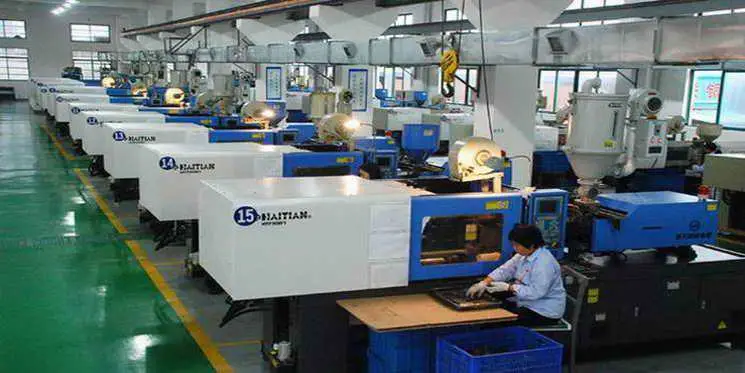What is PET (Polyethylene Terephthalate), what are its characteristics and uses?
PET is a condensation product of terephthalic acid and ethylene glycol, and it can also be obtained through the ester exchange method. Commonly known as polyester. The molecular chain of PET can be viewed as composed of three parts: a rigid phenylene group, a polar ester group, and a flexible aliphatic hydrocarbon group. The phenylene group, being a rigid structural unit, significantly affects the properties of the molecule, resulting in PET exhibiting considerable rigidity.
(1) Common Characteristics of PET
PET is a white, opaque solid granule with a density of 1.33 to 1.38 g/cm³, while the fully crystallized density obtained under special conditions is 1.45 g/cm³. The light transmittance of transparent PET can reach up to 90%. It has good weather resistance, and after being exposed outdoors for six years, its mechanical properties remain about 80% of the initial values, showcasing outstanding toughness. When reinforced with fiberglass, its mechanical properties are comparable to or slightly higher than those of reinforced PA6. Reinforced PET possesses excellent strength and rigidity, providing superior load-bearing performance. PET has good electrical properties, maintaining these properties at room temperature, but they slightly decrease with increasing temperature, making it suitable for use as an insulating material. PET has good thermal resistance, with a maximum continuous operating temperature of around 120°C. However, the thermal resistance significantly increases when reinforced with fiberglass, with a heat distortion temperature reaching 220 to 240°C, and mechanical property degradation is minimal.
PET exhibits stable performance against organic solvents such as gasoline, kerosene, acetone, and chlorinated fibers, but it is prone to decomposition in strong acids and strong bases. Hydrolysis may occur in water vapor or dilute alkaline solutions at elevated temperatures, and ammonia water can cause even greater damage. It is stable against hydrofluoric acid and organic acids.
PET has good mechanical performance, with good rigidity, high hardness, excellent resistance, and low deformation, showing good dimensional stability. Additionally, it has excellent fatigue resistance; however, PET has poor processability when forming and is not easy to demold, with low impact resistance.
(2) Main Uses of PET
Due to its good mechanical and electrical properties, PET is widely used in electronics, electrical appliances, automobiles, and machinery, making it suitable for the production of capacitors, automotive parts, fuse switches, television components, motor parts, gears, impellers, pump housings, and various packaging containers and films.

What is PET?
Why Choose Us
Compared with the competitors in China, we are able to provide the following advantages:
- Very competitive prices. We keep your projects on time and on budget.
- High quality, extremely low cost tooling.
- Reliable product quality overseen by our own engineering and quality personnel.
- The ability to offer minimum order quantities of as little as 100.
- Design and prototyping capabilities.
- ISO 9001:2008 quality accreditation.
- We strive to exceed your expectations.
You can enjoy the following benefits in cooperation with us:
- Secured payment (We will take full responsibilities for the compensation resulting from any product faults)
- Product of high quality with the most competitive price.
- Quick response (We will reply to your questions and requests with 12 hours)
- Tracking the whole range of project at your home (a weekly progressive report will be prepared for our customers)
- Prompt delivery.
Just tell us what you need and we are right here to serve your requests and get your goods transported to your company in time. It's very easy for you.
So, why not contact us right away to check out by yourself?
Our Clients
 |  |  |  |  | More |
